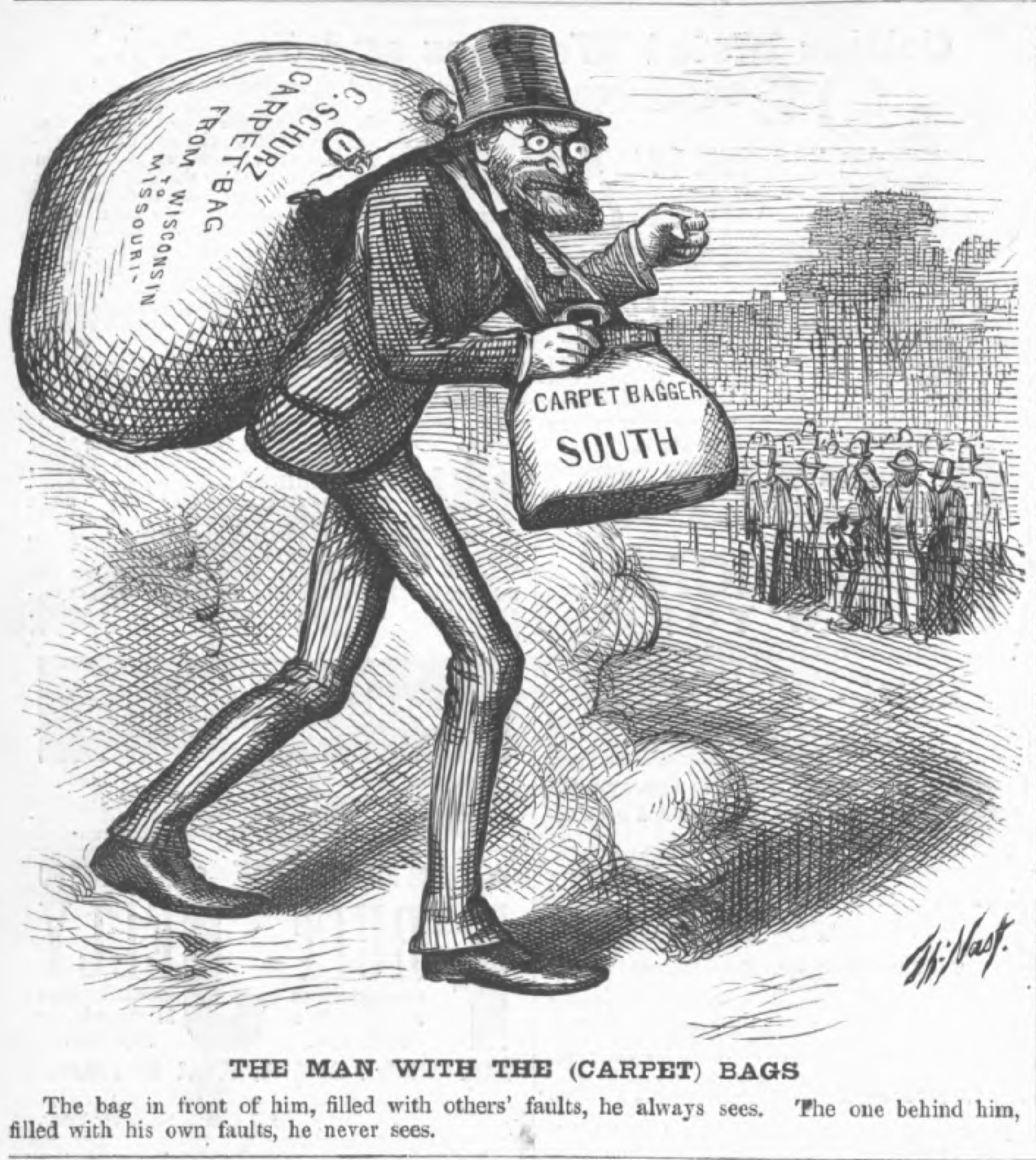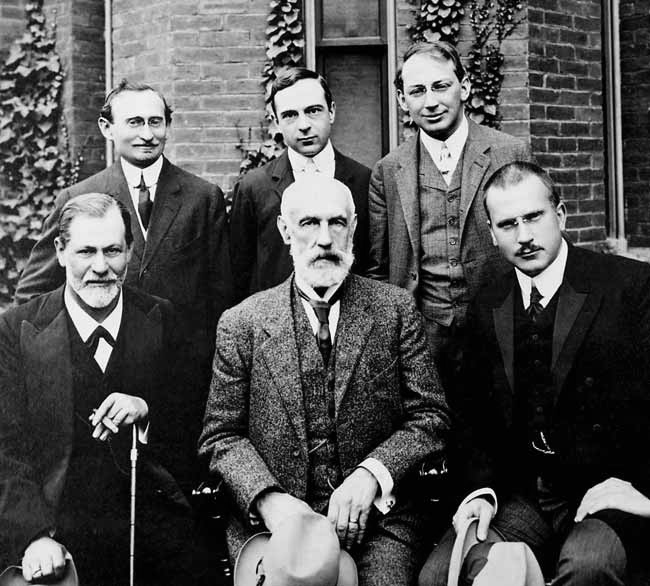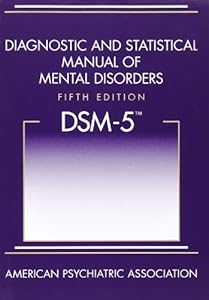We all have vulnerabilities. Even the most balanced, well-adjusted and successful human being has fears, moments of self-doubt, and insecurities. When taken to extremes it can result in mental paralysis, vulnerable narcissism, abusive relationships, drug addiction, and a host of other self-injurious behaviors. But a lack of vulnerability and empathy for others can be equally destructive and is sometimes noted in schizoid and antisocial disorders.
A secret or vulnerability can provide a plot twist, a
rationale, or an insight into the character's motivation. It might cause
feelings of guilt, shame, jealousy, or rage. Maybe it is something which they reveal only to those whom they trust. (And now you have a set-up for betrayal as well.) The threat of exposure may serve as an underpinning for your plot. A secret which seems "done to death" in
literature can still be utilized in your novel; every situation is slightly
different, every human being a complex soup of intellect, emotion, and
past experience which will react differently to a catalyst. On the
other hand, if you can come up with something unique, kudos! Chances are that it
will stick with the reader for some time.
When I think of a character with a secret, the first book that comes to mind is Thomas Hardy's
Mayor Of Casterbridge. As
a young man, the title character gets drunk at a fair, quarrels with
his wife, and auctions off both her and their child to a sailor. Some
twenty years later he is sober, a mayor and a successful merchant, but
his entire life unravels because of his secret.
Your entire novel may revolve around one BIG secret, but smaller or innocuous ones
can also help to round out a character, give clues about their personality or
past, and make them more memorable.
Small secrets and vulnerabilities which could have impact:
Unusual hobby
Unusual health condition
Lies about age
Past injuries
Quit school
Was fired from job
Crush on someone
Can lip read/sign
Collects or hoards certain items
Changes appearance constantly (hair color, wig, contacts, tattoos, piercings, plastic surgery, hides scars)
Poor eyesight/color blindness
Dislikes children/crowds/social interaction/boss/relative
Fears (you name it, someone's afraid of it, but won't necessarily own up to it)
Can't drive
Carries an unusual good luck charm/talisman
Eavesdrops/gossips
Has/thinks they have psychic abilities
Changed name
Is illiterate
Cheats at crosswords and puzzles
Obsessed with particular book/movie/TV show/celeb
Poor at math/geography/reading/spelling
Has stage fright
Constantly admires self in reflective surfaces
Writes blog/column under assumed name
Writes to soldier/pen pal/prison inmate
Attends seminars to get free food or out of loneliness
Can't swim
Doesn't like to eat in front of people
Background in weapons training, military
Raised in particular faith/religion which no one knows about
Has created family members/friends which don't exist
Claims college degree/award/prize which they never actually won



















_3781567513.jpg)